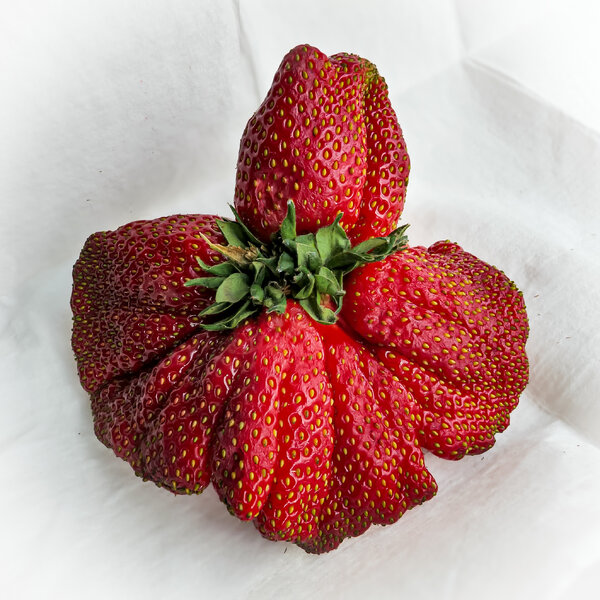Markuswelder
Well-Known Member
- Joined
- Mar 14, 2024
- Messages
- 1,062
I previously shot Aperture mode pretty much exclusively. Someone suggested Auto ISO plus minimum shutter speed, and I quite liked that. From the perspective of quickly changing from static subjects, to moving subjects where the light on your subject can change pretty rapidly when you're in say cities, between buildings, under trees to out in direct sunlight. And so on.I almost always shoot with M. It probably comes from my video days where you don't want the exposure to change while you are shooting. Now and then I try to adapt to S or A for photos, but it usually doesn't go well. I do use M with Auto ISO for photos fairly often, but then I'm all over exposure comp to get what I want.
The trouble with that was your minimum shutter speed is quite different between the two (moving and static) Which required a dive into the menus to change. And that's what I'm really liking about M plus Auto ISO. Everything is there, directly under your fingertips. All I have to think about is minimum shutter, and a suitable Aperture. The focus lever is right there under your thumb. No menu diving. At all. Plain Jane M mode requires a dive into the ISO settings menu to get the required shutter speed via ISO at times, and by then I've missed the shot. I'm happy to set Exposure comp, and leave it at that for a particular situation. At worst, it might be 1/3 - 2/3 of a stop out. I can live with that
You may be able to tell from this that I try and shoot minimum ISO and shutter speed, to maximise both Dynamic range, and image quality. This makes it a lot easier in post, less fiddling around in the raw processor, which makes me happy.
In saying that, I've got a C mode setting saved now, M mode, ISO 100, F10, 1/50 shutter speed, single point AF, which I can quickly swap to for landscape scenarios.
I'm not trying to tell anyone else how to suck eggs, just sharing a bit of info derived from real life experiences wandering around strange cities. Where sensory overload happens quite regularly, and having a super quick, easily accessible setup just makes things so much easier and less frustrating.
I'm chasing quick, simple, efficient and effective. Along with excellent image quality.
Happy shooting
Last edited:
 ) strawberry I have ever seen in my life... I am not a macro photographer and I don't know if this can be considered a macro photography, but I did put the Lumix 14-28mm (macro) very very close and the S5 on a tripod to use this post focus feature.
) strawberry I have ever seen in my life... I am not a macro photographer and I don't know if this can be considered a macro photography, but I did put the Lumix 14-28mm (macro) very very close and the S5 on a tripod to use this post focus feature.
